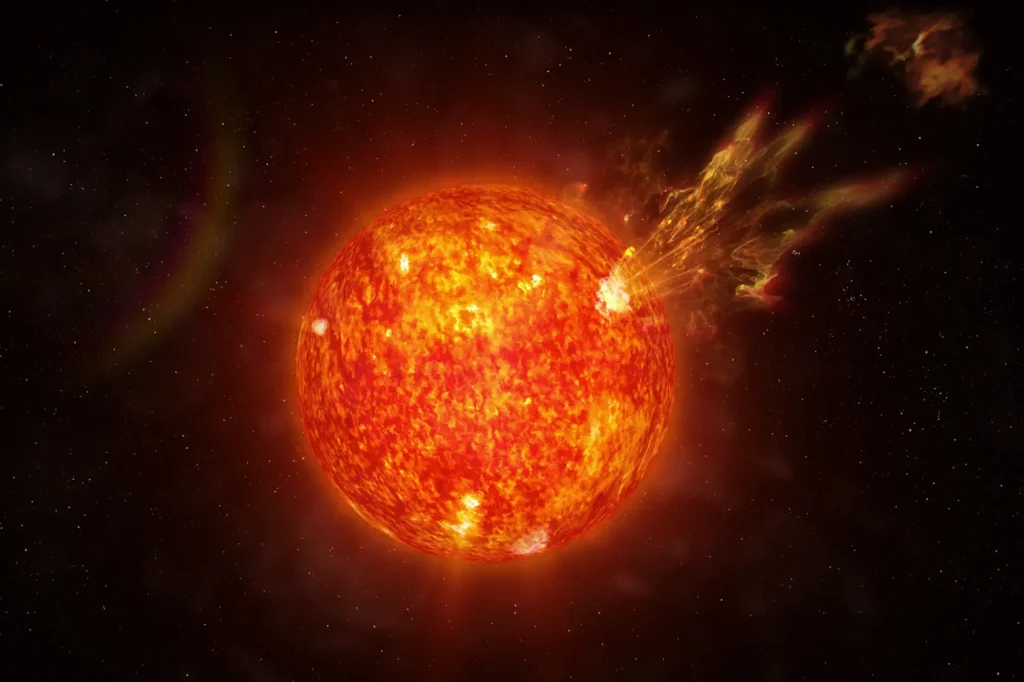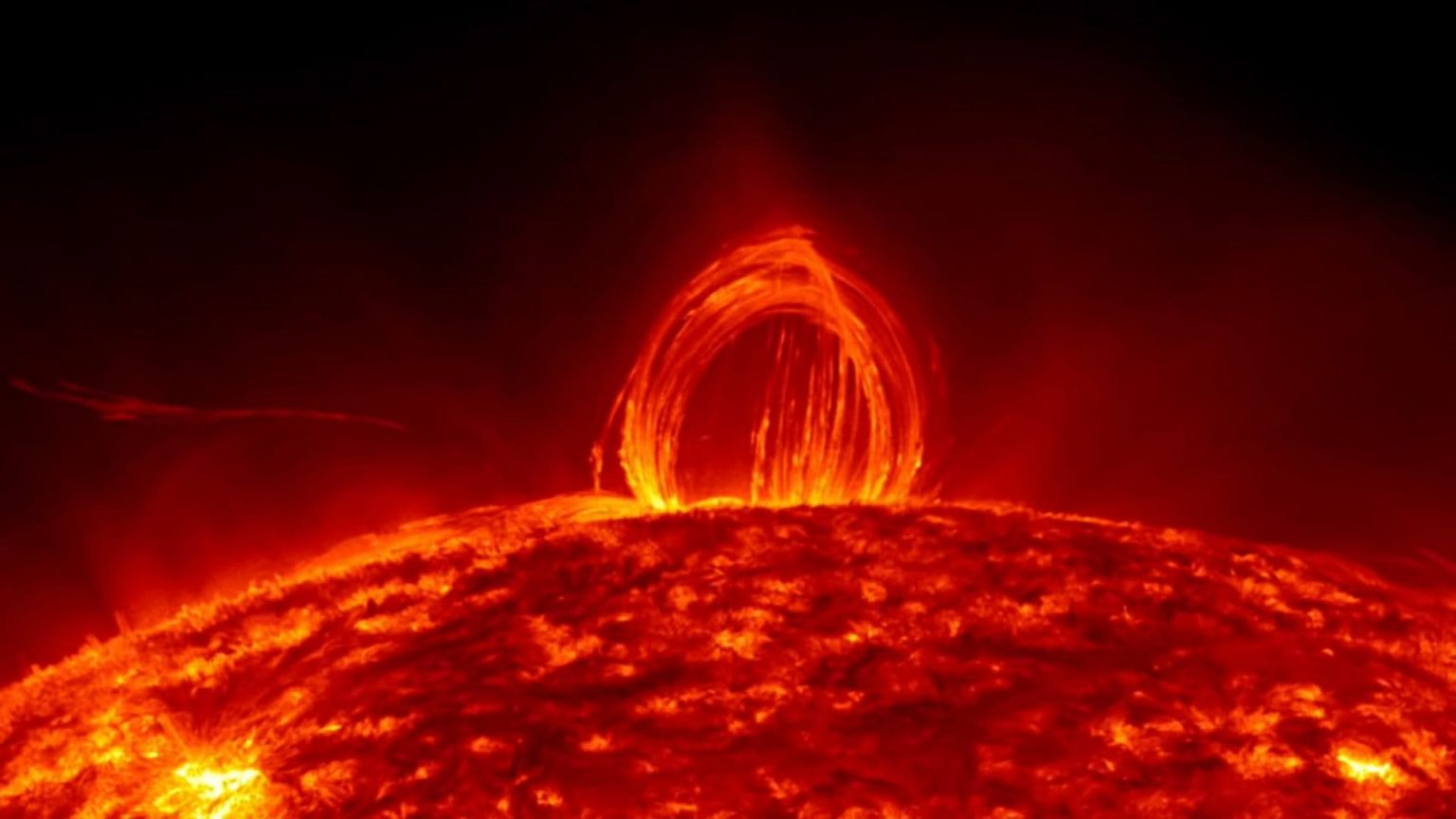Recent studies reveal that “extreme solar particle events” (SPEs), while rare, could have significant effects on Earth. The sun ejects protons into space during these events, occurring roughly once every thousand years. The last recorded event was in 993 AD, posing a major threat to Earth upon arrival.
Understanding Extreme Solar Particle Events
Extreme solar particle events, or solar storms, happen when the sun emits a massive amount of protons into space. These events are far more intense and potentially more damaging to Earth compared to regular solar flares.
Impact on the Ozone Layer
A primary concern is the potential damage to Earth’s ozone layer. This layer acts as a protective shield, absorbing and blocking most of the sun’s harmful ultraviolet (UV) radiation. If the ozone layer were to be damaged by such an event, more UV light would penetrate Earth’s surface.

Potential Human Health Risks
Increased UV exposure can have severe health consequences. Experts Alan Cooper and Pavle Arsenovic suggest that heightened UV levels due to ozone layer depletion can increase the likelihood of skin cancer and other DNA damage. These conditions might persist for a prolonged period depending on the severity of the solar event and the state of Earth’s magnetic field, exacerbating the effects.
Long-Term Effects and Global Impact
Research indicates that a powerful solar particle event coinciding with a weak Earth’s magnetic field could have catastrophic and enduring impacts. UV exposure could spike by up to 25%, and solar-induced DNA damage could rise by 50%, with these effects potentially lasting for up to six years.
Who Conducted the Study on the Impact of These Events?
The recent study was conducted by Alan Cooper from Charles Sturt University and Pavle Arsenovic from the University of Natural Resources and Life Sciences (BOKU). Their research underscores the critical need to monitor solar activity continually to safeguard against potential threats.












